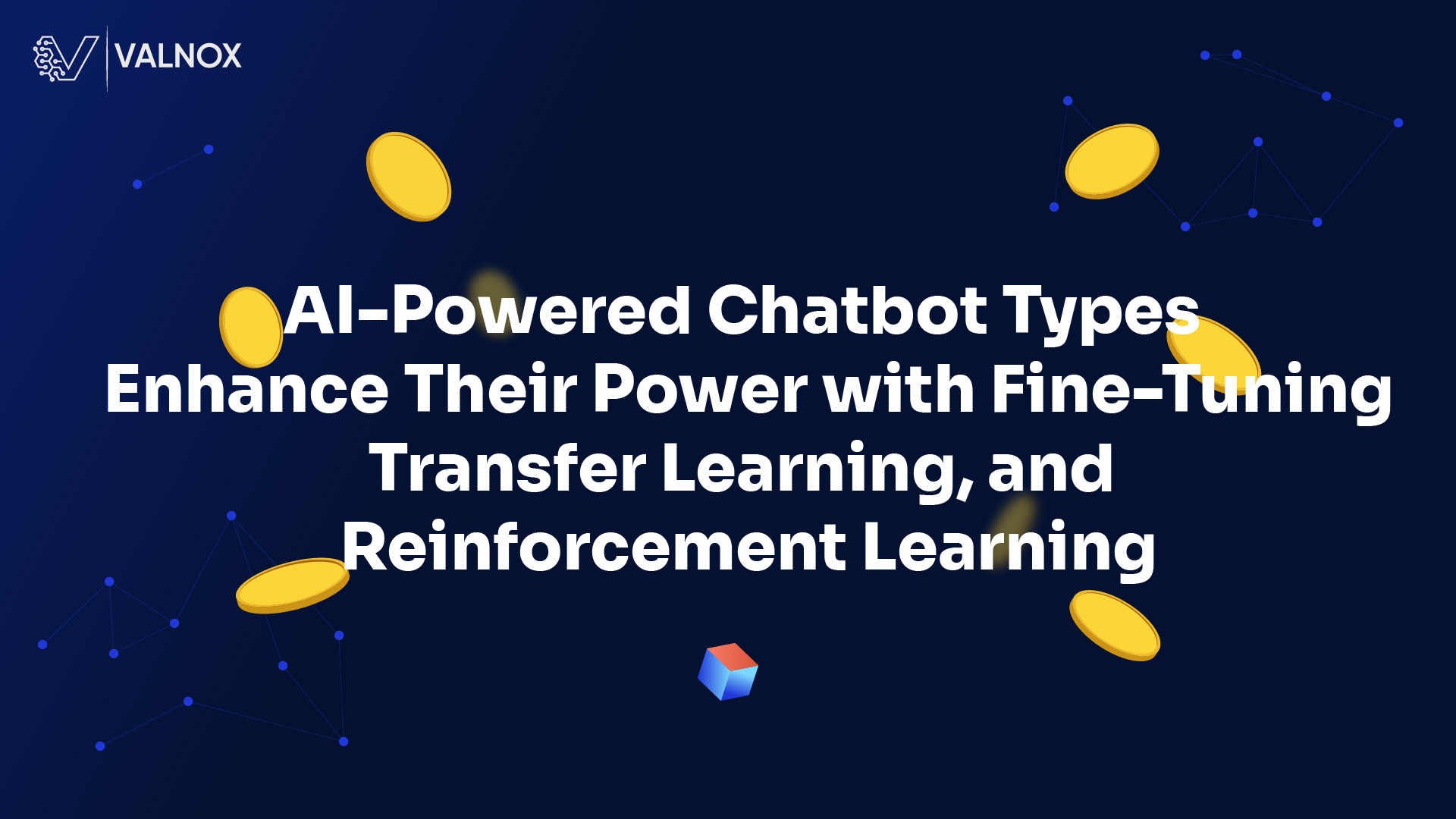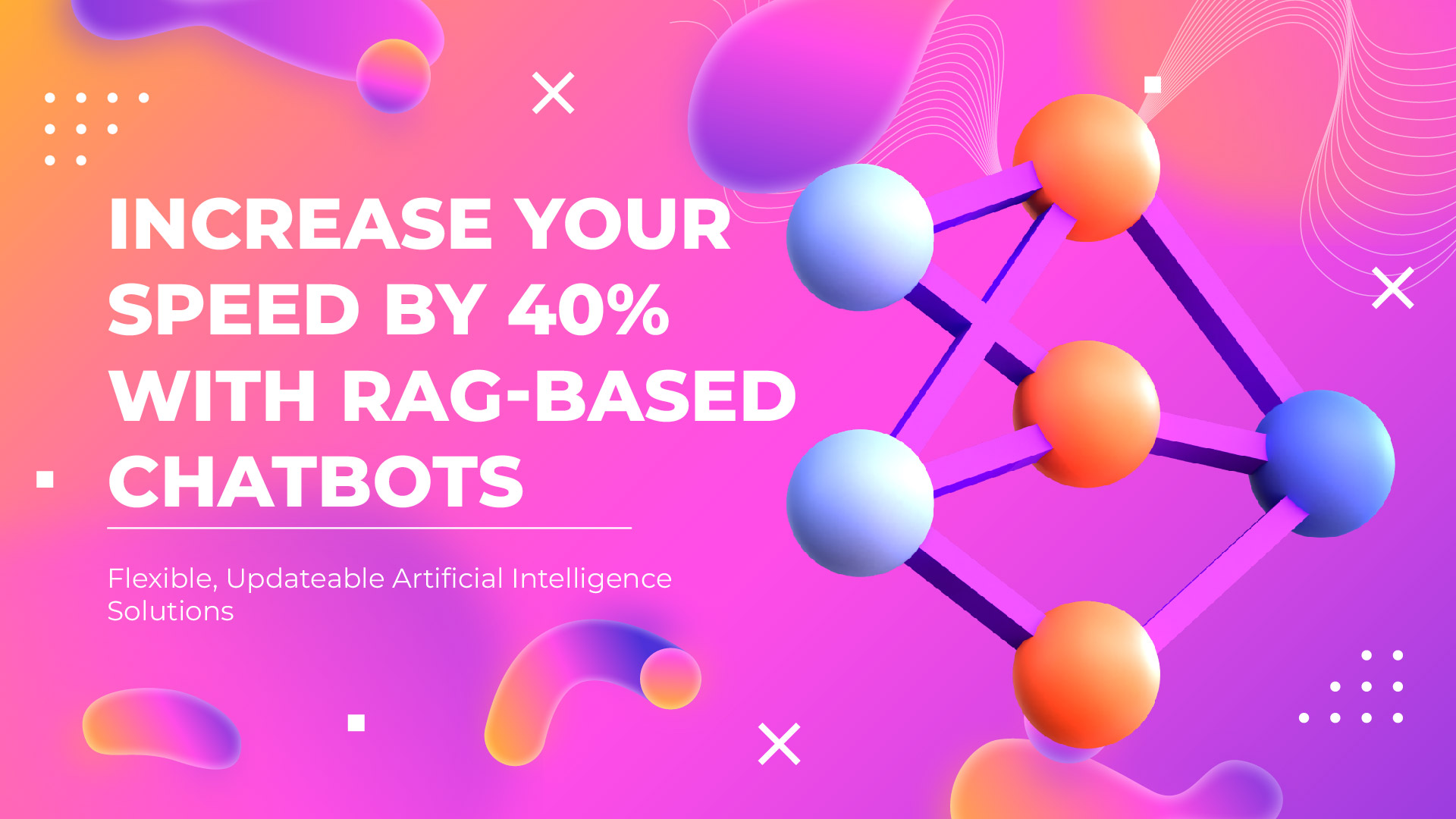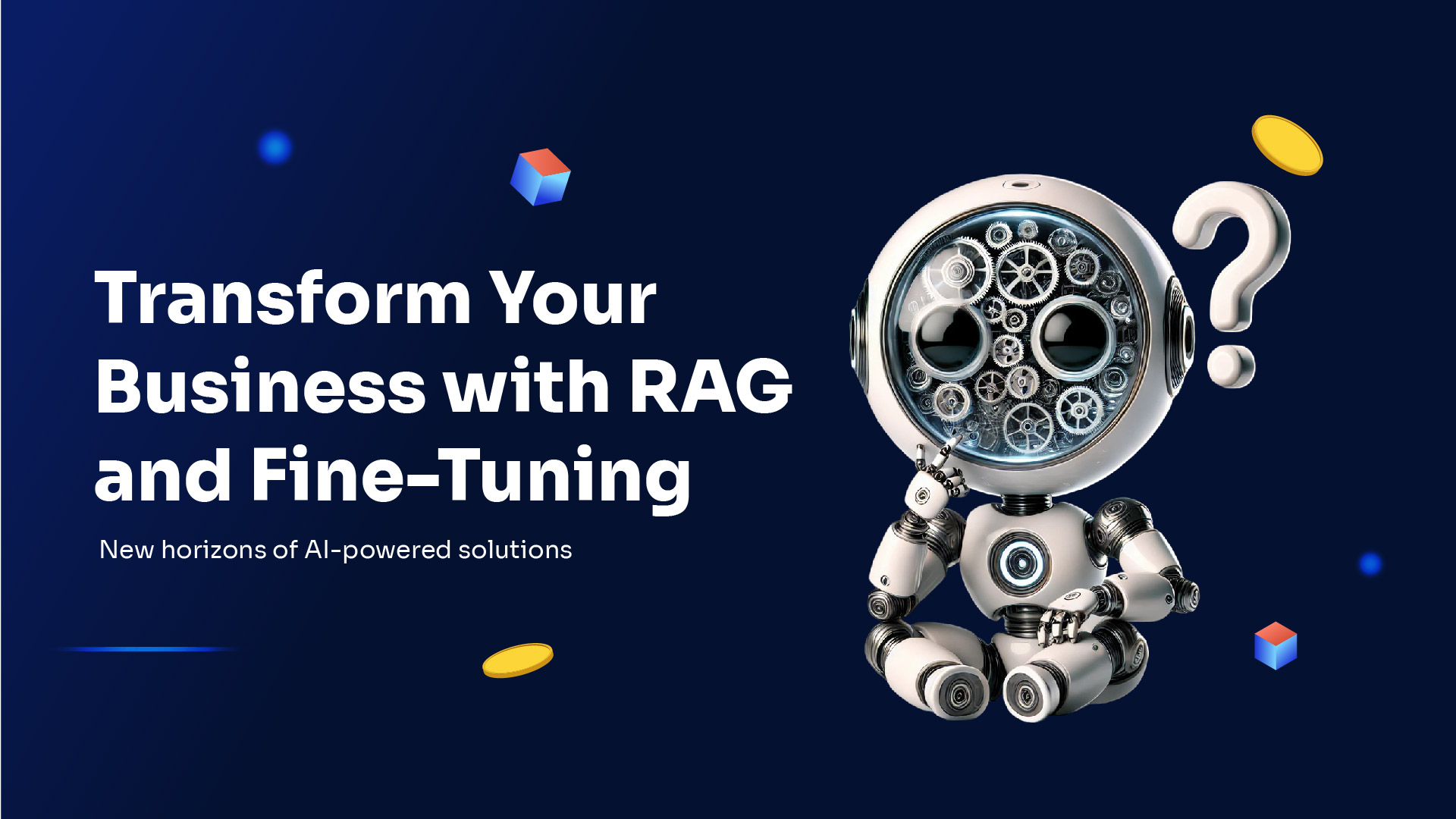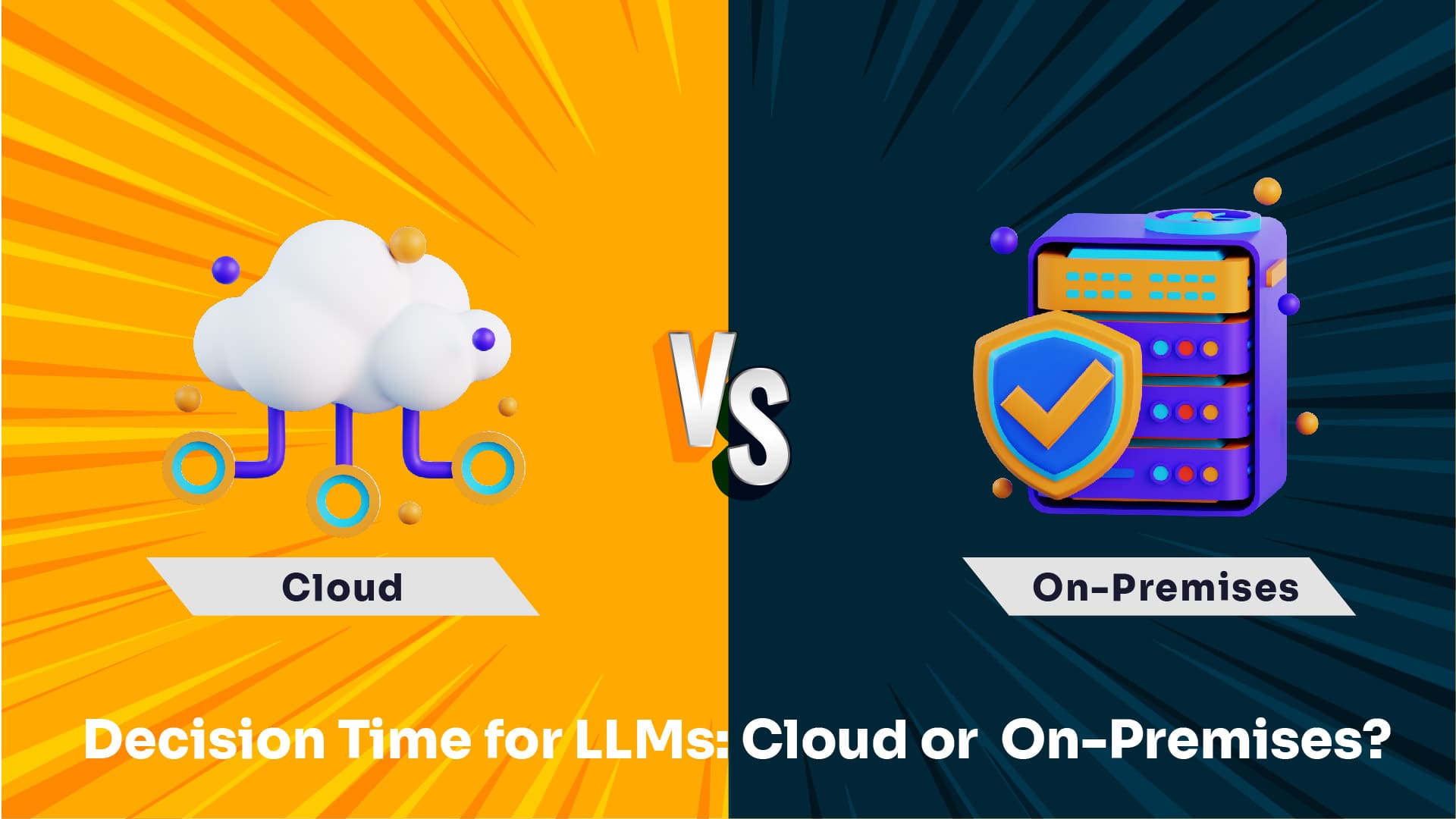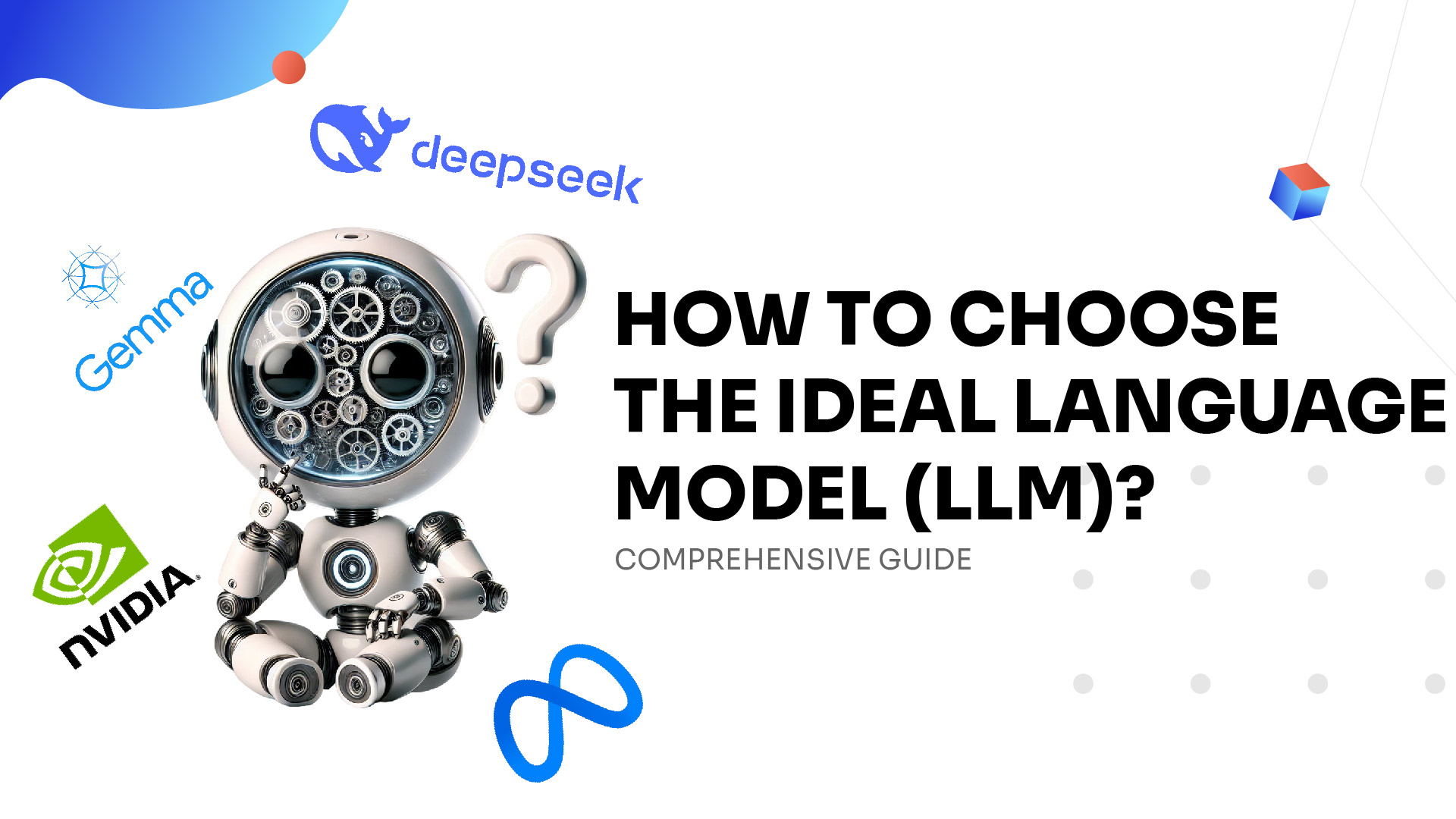AI-Powered Chatbot Types: Enhance Their Power with Fine-Tuning, Transfer Learning, and Reinforcement Learning
AI-powered chatbots are revolutionizing various fields today, from customer service to sales, education to healthcare. The effectiveness of these chatbots depends on the AI methods used. Making AI-powered chatbots smarter is possible through methods like Fine-Tuning, Transfer Learning, and Reinforcement Learning. In this article, we will explore how these methods work and how they enhance chatbot performance in detail.
1. Fine-Tuning: The Final Touches for Customized Chatbots
Fine-Tuning is the process of retraining a pre-trained AI model for a specific task. This method is particularly used when optimizing a general language model for a specific application. For example, a language model may have been trained on a large dataset, but fine-tuning can be applied to make it more effective for a specific customer service chatbot.
- How It Works:
• A pre-trained model (e.g., LLAMA3 or BERT) is selected.
• The model is retrained with a dataset specific to the target application.
• The model’s weights are optimized for the new task. - Advantages:
• Fast Adaptation: Much quicker compared to training a model from scratch.
• Resource Efficiency: Requires less data and computational power.
• High Performance: Produces more accurate results in specific tasks. - Example: A financial company could develop a more accurate and effective chatbot by fine-tuning a general language model with banking terms and customer interactions.
2. Transfer Learning: Equip New Skills with Existing Knowledge
Transfer Learning is the process of retraining a model by transferring the knowledge it has previously learned to a new task. This method allows a model to be adapted from a large dataset to a smaller, more specific one.
- How It Works:
• A model trained on a source task is selected.
• The model architecture is modified to suit the target task.
• Part of the model is frozen, and the other part is retrained for the new task. - Advantages:
• Learning Speed: Enables quick learning in new tasks.
• Data Efficiency: Effective results can be achieved with less training data.
• Generalization Ability: Offers applicability across different domains. - Example: In the education sector, a general language model can be retrained with transfer learning to provide personalized guidance to students, ensuring accurate and tailored content.
3. Reinforcement Learning: Learning from Experience
Reinforcement Learning is the process where an AI model learns how to behave by using reward and punishment mechanisms. This method is particularly effective in dynamic and constantly changing environments.
- How It Works:
• The chatbot evaluates user interactions within a reward system.
• Positive interactions are rewarded, while negative ones are penalized.
• The model continuously optimizes itself based on this feedback. - Advantages:
• Adaptive Learning: Adapts to changing user needs.
• Performance Improvement: Produces more accurate and effective responses over time.
• Personalization: Provides a unique experience for each user. - Example: A telecommunications company could easily increase its first-contact resolution rate from 60% to 85% within six months by using reinforcement learning in its customer service chatbot.
4. RAG (Retrieval-Augmented Generation): The Power of Instant Information Retrieval
Retrieval-Augmented Generation (RAG) is a method where chatbots use large language models to retrieve accurate information from a knowledge base and generate correct responses using that information. RAG is especially effective in information-dense fields.
- How It Works:
• The user query is received, and relevant information is retrieved from a large database.
• The retrieved information is fed into the language model.
• The model uses this information to generate consistent and accurate responses. - Advantages:
• High Accuracy: Produces responses with up-to-date and specific information.
• Scalability: Can work with large knowledge bases.
• Transparency: The source of the responses can be tracked. - Example: An insurance chatbot could use RAG to instantly retrieve and provide users with accurate and up-to-date policy details, enhancing customer satisfaction and service quality.
Conclusion
The effectiveness of AI-powered chatbots depends on the learning methods used. Methods like Fine-Tuning, Transfer Learning, Reinforcement Learning, and RAG enhance chatbot performance, making them smarter, more effective, and user-friendly. Proper application of these technologies offers significant advantages to businesses and can greatly improve customer satisfaction.
Each of these methods offers unique benefits in different sectors and use cases. As chatbots continue to play a significant role in the digital transformation process of businesses, chatbots enhanced with these advanced methods are critical for gaining a competitive edge.

